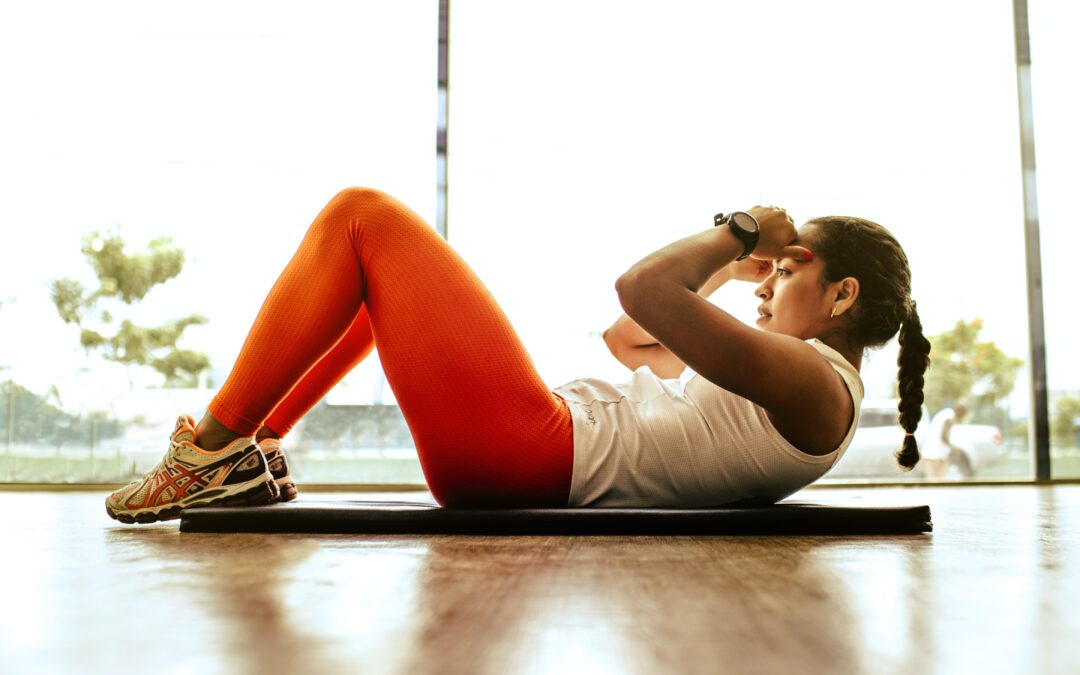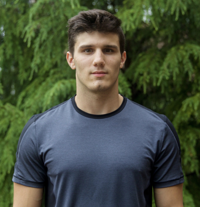While working with schools nationwide, I am often asked how often they should have PE/health class at their school. And they are often surprised by my answer because it causes them to reflect not just on the frequency of their health education program but also on the quality.
To answer this question, we have to think about the main goal of our program. Why do we have our students take Health and PE? Is it just to cover the credit so they can graduate? I believe the main goal of a health education program is to equip and empower students to take ownership of their health so that when they graduate, they actually continue in the healthy habits they’ve created.
The problem is, most health programs are centralized around the class or teacher. The only time the students really focus on health or fitness is in that specific environment of a health class or during sports practice. So, as soon as the class is over, they don’t continue in anything they have learned because they were never taught how to apply what they learned into everyday life. Our students end up graduating from high school after years of “health class,” without ever learning how their health can help them reach their goals or serve others. They never hear how they can be available and able to do all God is calling them to do when they steward their bodies well.
When I was younger, I used to be a personal trainer. Most trainers want you to have 3-4 sessions per week for “best results.” Why? Because the more times you come, the more they can charge you. Everything is centralized around them. This causes a huge problem because as soon as you aren’t paying them hundreds of dollars a week, you don’t know what to do without them. I took the opposite approach. Most of my clients would come one time per week. Yes, we would get a GREAT workout. But the entire time we were together, I was coaching and equipping them on what to do when they weren’t with me, which was the majority of their week. I spent most of my time helping them build and apply good habits in their training so they didn’t have to depend on me. The extent to which they took ownership over their own health and habits was the extent to which they didn’t need me anymore! And that was always my goal. This should be how we think about health education. The question we need to ask ourselves is: How can we equip our students to create the right habits so they don’t need us anymore?
The main goal is to equip them with everything they need to live a healthy lifestyle after high school. If everything hinges on us, we are doing them a major disservice. As soon as they aren’t required to take our class to graduate – as soon as they pass the test – they won’t continue in it, because they were never encouraged to take ownership over their own health and habits. The measure of the success of your program is how well they continue in what you teach them after they are done with the class.
Guidelines
Elementary school health is about planting seeds. Teaching them simple take-aways and principles, and then getting them up and moving as often as possible. This is an amazing age as they begin asking questions which allow us to help them get started down the right path. Don’t make the mistake of elementary PE being a glorified recess. Incorporate simple lessons and principles for them to understand WHY they are playing and moving. This can usually look like a shorter period but more often during the week. I suggest 30 mins 4-5 times per week.
Middle School health is about foundational information. It’s about going deeper and learning basic facts, principles and the beginnings of how to apply these to everyday life. While they are managing lots of questions and body changes during these pivotal years, speaking life and truth to middle schoolers about foundational ways to think about their bodies and their health can be huge! Usually, middle schoolers still have some type of PE class, so incorporating lessons and information on health into those classes is usually what schools do. This could look more like 3-4 times per week for 45 minutes, giving you time at the beginning of each class to cover the topics needed and then allowing plenty of time to get them moving.
High School should be about going deeper and applying what they are learning. In health and fitness, giving students more and more information causes them to apply less and less. Many high schoolers are exempt from taking PE after freshman year because they play sports. In the health class, we need to focus more on coaching than teaching. The main goal here is to equip and empower them to DO the things they have learned. The class isn’t about giving them new information, it’s about creating a plan for them to apply what they are learning. This is where schools differ the most depending on their schedule. I would recommend at least 2 times per week for a full class period.
To sum everything up, I would rather you have PE/health one time per week and actually help students apply what they are learning outside the classroom, rather than having it every day and not having them apply anything. Be encouraged! You can create a culture of health at your school that impacts every other subject they take in a positive way and helps your students build a solid foundation for the rest of their lives so they can do all God has called them to do!
Photo by Jonathan Borba on Unsplash




